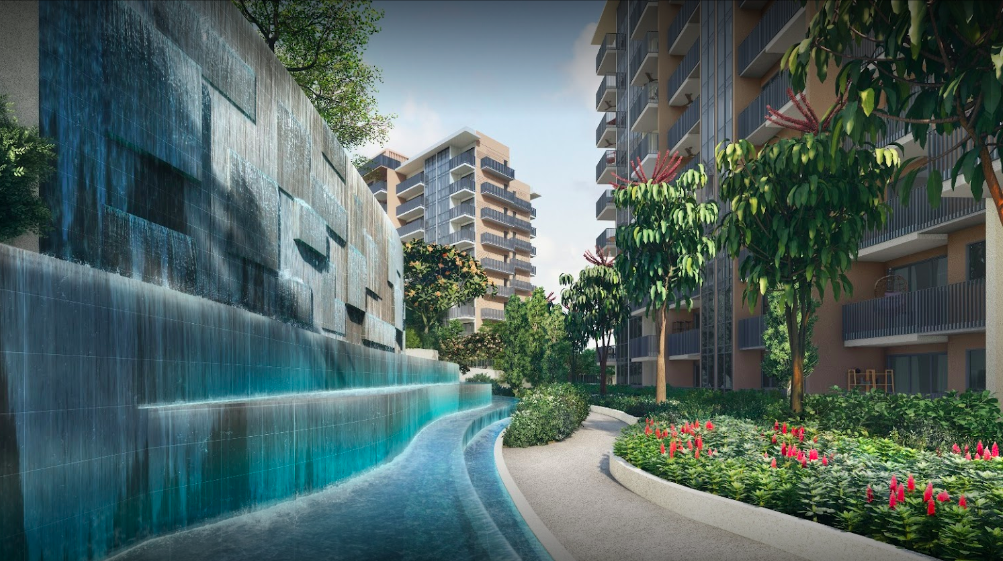Interior design is a multifaceted discipline that blends artistry with functionality to enhance the beauty and usability of indoor spaces. From residential homes to commercial establishments, the principles of interior design play a pivotal role in shaping environments that are both visually appealing and practical.
Harmonizing Form and Functionality: The Core Principles of Interior Design
At its heart, interior design revolves around achieving a harmonious balance between form and functionality. Designers meticulously plan layouts, select furnishings, and choose color schemes to optimize space utilization while reflecting the client’s taste and needs. By integrating ergonomic principles with aesthetic sensibilities, interior designers transform ordinary rooms into extraordinary living or working areas.
Exploring Styles and Themes: Diverse Inspirations in Interior Design
The world of interior design is replete with diverse styles and themes, each offering unique inspirations and aesthetics. Whether it’s the timeless elegance of traditional designs, the sleek modernism of contemporary interiors, or the eclectic charm of bohemian décor, every style carries its own narrative. Designers adeptly blend these elements to create spaces that resonate with the personalities and lifestyles of their occupants.
The Role of Color Psychology: Harnessing Emotional Impact through Design
Color psychology forms a cornerstone of effective interior design, influencing mood, perception, and ambiance within a space. Warm tones like reds and oranges evoke energy and vitality, ideal for social spaces. In contrast, cool hues such as blues and greens promote relaxation and tranquility, making them suitable for bedrooms and lounges. By strategically applying colors, designers evoke desired emotional responses and enhance the overall atmosphere of a room.
Sustainability and Innovation: Embracing Eco-Friendly Design Practices
In recent years, sustainable interior design practices have gained prominence as designers prioritize eco-friendly materials and energy-efficient solutions. From repurposing antique furniture to incorporating recycled materials, sustainable design not only reduces environmental impact but also promotes healthier living environments. Innovations such as smart home technologies further enhance sustainability efforts by optimizing energy consumption and improving overall efficiency.



